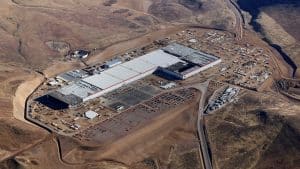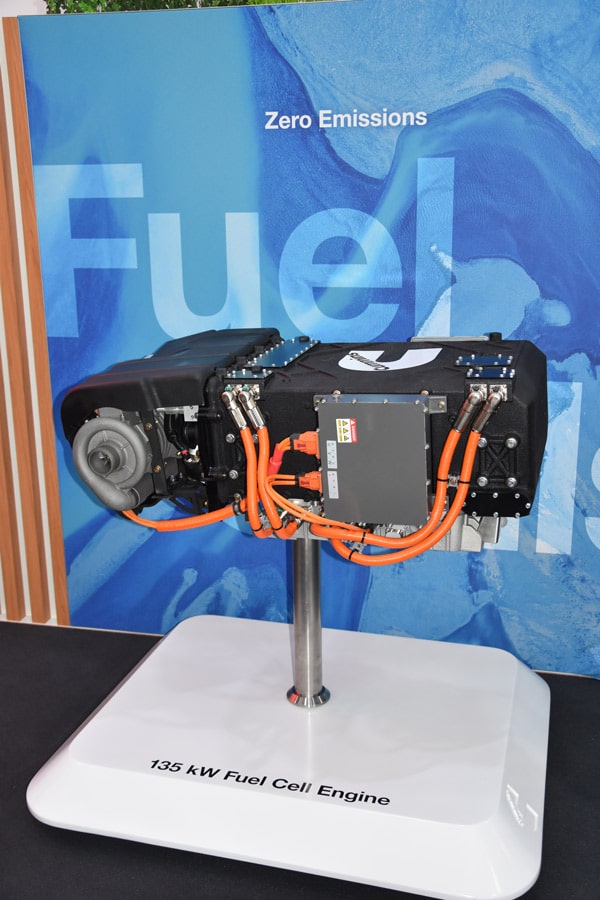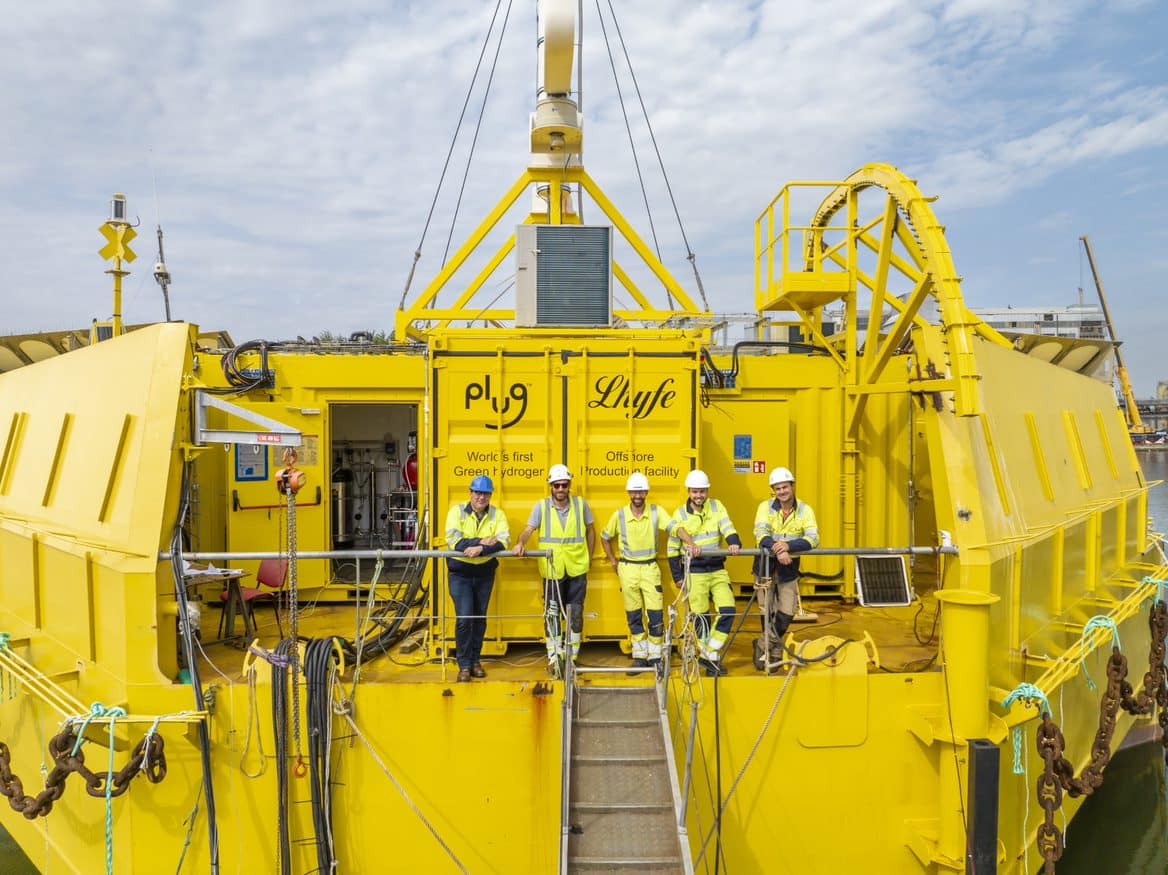Just recently, the stock price of Tesla (NASDAQ: TSLA) had known no bounds: Prices went up more than 40 percent within a few weeks. But the hike was followed by a hefty decline from USD 286 to around USD 240. There had been no reassuring news and figures based on which you could make a logical argument for the price explosion. One of my theories focuses less on the influence of tweets and the content of statements made by Tesla’s CEO Elon Musk, but on the shareholder structure: A good 50 percent of the around 160 million shares are in the hands of a few funds (four to five) and Musk himself (around 20 percent). In light of the over 35 million shares that were sold short (to bet on falling prices), 50 percent and more are – I feel – “unavailable.” That adds up to an impressive 80 to 90 million and this figure should be seen in relation to the short interest generated (33 to 35 million). It may be that hedge funds had been inclined to trigger a squeeze by buying an increasing number of shares to put pressure on the short sellers and make them realize losses through short covering.
It is a plausible answer or reason for the price hike. Additionally, the much higher market value may have – although I say this with no guarantee it’ll become true – people expect the next capital raise soon if the four to five funds and Musk agree to maintain their position, meaning not to sell shares while the stock price is rising.
There have been no news that could justify the massive increase in market value. Tesla was indeed able to up sales by an impressive 51 percent to 76,230 vehicles (Model S and X), but the net loss per share of USD 0.78 was much higher than expected for the fourth quarter of 2016. What also needs to be considered are extraordinary items (accounting profit of SolarCity), so that the loss would have been even higher if you remove those from calculation. The only reason for the development I can think of is Musk generating media attention by asking to meet with the new U.S. President, Donald Trump, several times – possibly to talk about tax benefits for electric vehicles and renewable energies, such as solar (see SolarCity), and prove himself as a lobbyist for “America First.” And that Model 3 proceeds as scheduled has been well received by the stock market.
High expectations for Model 3
The conference call on Feb. 22, 2017, produced only very vague statements about Model 3. There would be test vehicles, but only a small number of cars would be manufactured in series no earlier than the second half of this year (from July). Many analysts from UBS, Goldman Sachs and elsewhere have been highly skeptical of the forecast, as the target for year’s end is as many as 5,000 Model 3 units leaving the factory each week. They have asked many critical questions about the financing of such a large capacity expansion (the target for 2018 is 500,000 units of all three models combined; the plan for 2020 is even one million).
…
I remain skeptical, as other carmakers will put a number of competitive products on the market soon. These will be comparable to Tesla’s in price and battery range. There have been many delays in setting up production and it should come as no surprise if the company cannot adhere to Musk’s very tight schedule. This, however, is the basis for the current evaluation, although it continues to be quite an optimistic one at a current market value of USD 40 billion.
Industry analysts from Goldman Sachs and UBS expect stock prices in the range from USD 160 to USD 185 until there is certainty about when the battery factory will start producing and what will become of Model 3.
SolarCity integration
With the acquisition of SolarCity, Tesla now has almost 30,000 employees. However, around 2,500 left SolarCity only last year. One will have to wait and see how successfully Tesla can incorporate its new addition to the family and how the debt acquired (around USD 3 billion) can be refinanced. Musk expects a saving potential of more than USD 150 million per year. But implementing his plans will take time. SolarCity could also become a burden, as some analysts don’t see what added value it brings to the table.
“Small” capital raise
The expectation on the stock market – that a capital raise will be on the agenda very soon – has been confirmed: Tesla receives USD 1.2 billion, USD 350 million from shares (USD 262 per share = very optimistic) and USD 850 million from a convertible bond. The latter will again increase debt. Considering the capital requirements for launching the production of Model 3 and the Gigafactory, this “small” capital raise is unlikely to be the last in 2017.
That Tesla’s CFO resigned during this key stage – he is being replaced by his predecessor – is another thing to be cautious about, in my view – despite the fact that the former and current CFO was the one who had already steered Tesla out of a crisis before. In short: 2017 will be an extremely important year for Tesla, as the bar has been set very high but all positive developments have already been priced into the current market value, so that I maintain my view that the stock price will fall drastically over time.
Risk warning
Investors must understand that buying and selling shares is done at their own risk. Consider spreading the risk as a sensible precaution. The fuel cell companies mentioned in this article are small and mid-cap ones, i.e., they do not represent stakes in big companies and the volatility is significantly higher. This article is not to be taken as a recommendation of what shares to buy or sell – it comes without any explicit or implicit guarantee or warranty. All information is based on publicly available sources and the assessments put forth in this article represent exclusively the author’s own opinion. This article focuses on mid-term and long-term perspectives and not short-term profit. The author may own shares in any of the companies mentioned in this article.
Author: Sven Jösting (text was written in March 2017)































0 Comments